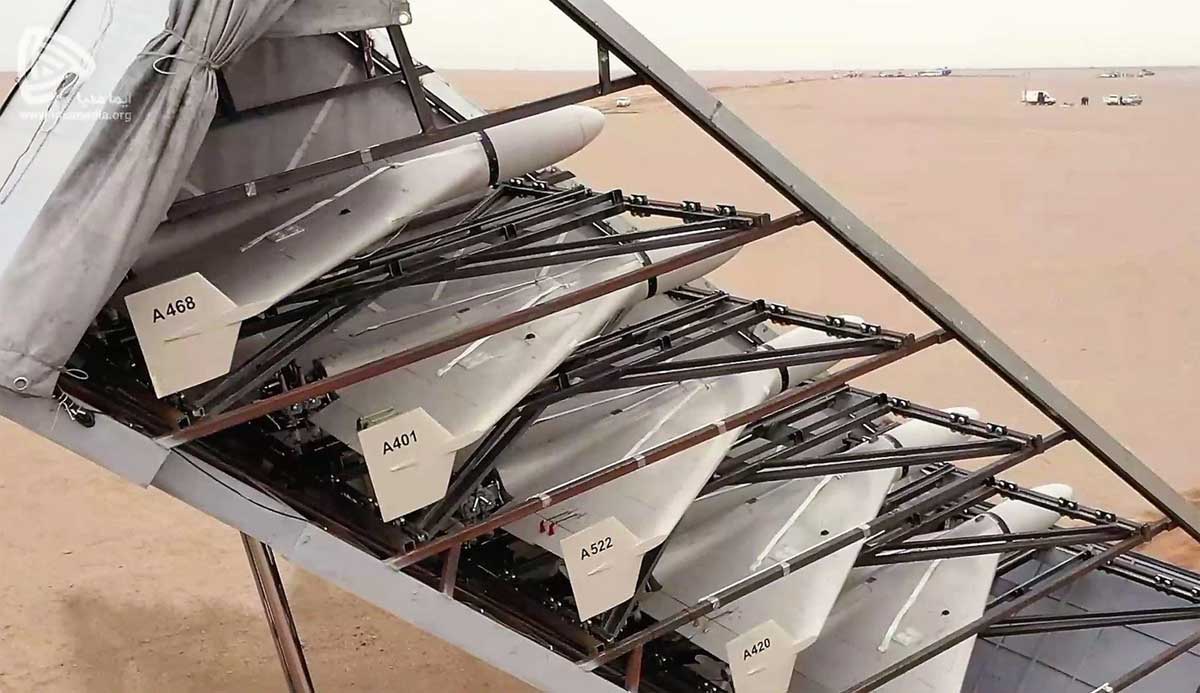Insight into the military assessments of both Russia and Ukraine has been made available through recent commentaries by two seasoned commanders: Gen. Yuri Baluyevsky, former chief of the Russian general staff, and Gen. Valery Zaluzhny, ex-head of the Ukrainian military who was recently removed by President Zelenskyy. Gen. Yuri Baluyevsky’s commentary was published in Army Standard, a Russian publication, which provides insights into Russia’s strategic outlook and military objectives. While Gen. Valery Zaluzhny’s article was published on the website of the Ukrainian defense ministry– later on, its English version was published by the CNN – which offers valuable perspective and glimpse into Ukraine’s defense strategy and the challenges it faces in confronting Russian aggression. The juxtaposition of these commentaries highlights the stark divergence in perspectives between the two adversaries, however, both generals agree on one point that the merging technologies have changed the whole complexion of the modern warfare and it will be the decisive factor in the on-going conflict.” It is well known by now that a central driver of this war is the development of unmanned weapons systems. They are proliferating at a breathtaking pace and the scope of their applications grows ever wider,” wrote Gen. Zaluzhny in his article. He further dwelled on the same point: “Crucially, it is these unmanned systems – such as drones – along with other types of advanced weapons, that provide the best way for Ukraine to avoid being drawn into a positional war, where we do not possess the advantage.”
Similarly, Baluyevsky’s recent remarks regarding the strategic significance of drones and advanced weaponry echo a sentiment shared by many Western analysts. His candid assessment exposes the complexities and challenges inherent in the ongoing conflict in Ukraine. Baluyevsky emphasizes the unprecedented nature of the military operation, describing it as a comprehensive test of military capabilities. Of particular note is Baluyevsky’s observation that defense has taken precedence over offense in the conflict. He points to the success of air defense systems in countering military aviation, rendering large-scale aerial operations impractical. This shift in dynamics underscores the evolving nature of modern warfare, where traditional modes of engagement are being supplanted by advanced technologies and strategic innovations. Baluyevsky’s assessment of the combat experience over the past two years paints a grim picture for traditional military assets like tanks. He mentions their vulnerability to detection and susceptibility to mines has rendered them ineffective on the modern battlefield. Additionally, the dispersion of troops necessitates smaller, decentralized combat operations.
Moreover, Baluyevsky doesn’t mince words when critiquing Russian weaponry. He acknowledges NATO’s qualitative superiority in artillery, highlighting a substantial gap in Russian artillery and missile systems. Urgent rearmament is essential to bridge this disparity and bolster Russia’s military capabilities in the face of Ukraine’s continued supply of modern gadgets from the US and European friends. Baluyevsky’s candid analysis underscores the need for military modernization and adaptation to the realities of contemporary warfare. He argues that, as traditional tactics and equipment prove increasingly obsolete, nations must invest in innovative strategies and advanced weaponry to maintain a competitive edge on the battlefield. Failure to do so risks falling further behind adversaries and compromising national security. The assessment from both Russian and Ukrainian generals converges on the effectiveness of small, cost-effective weapons systems, particularly first-person view (FPV) drones. These miniature aircraft, akin to silent assassins, penetrate targets with lethal precision, evading traditional defenses. The chilling reality is their accessibility, rendering them a ubiquitous threat globally. Warfare, as the generals concur, has entered a new era. According to Baluyevsky, unmanned aerial vehicles (UAVs) reign supreme, dominating airspace with unprecedented agility and efficiency. Zaluzhny echoes this sentiment, emphasizing the pivotal role of drones and other innovative weaponry in breaking the stalemate of trench warfare. This shift underscores the evolution of conflict, where technological advancements redefine the battlefield. With the advent of drones, traditional military doctrines are rendered obsolete, necessitating adaptation to confront this new reality.
